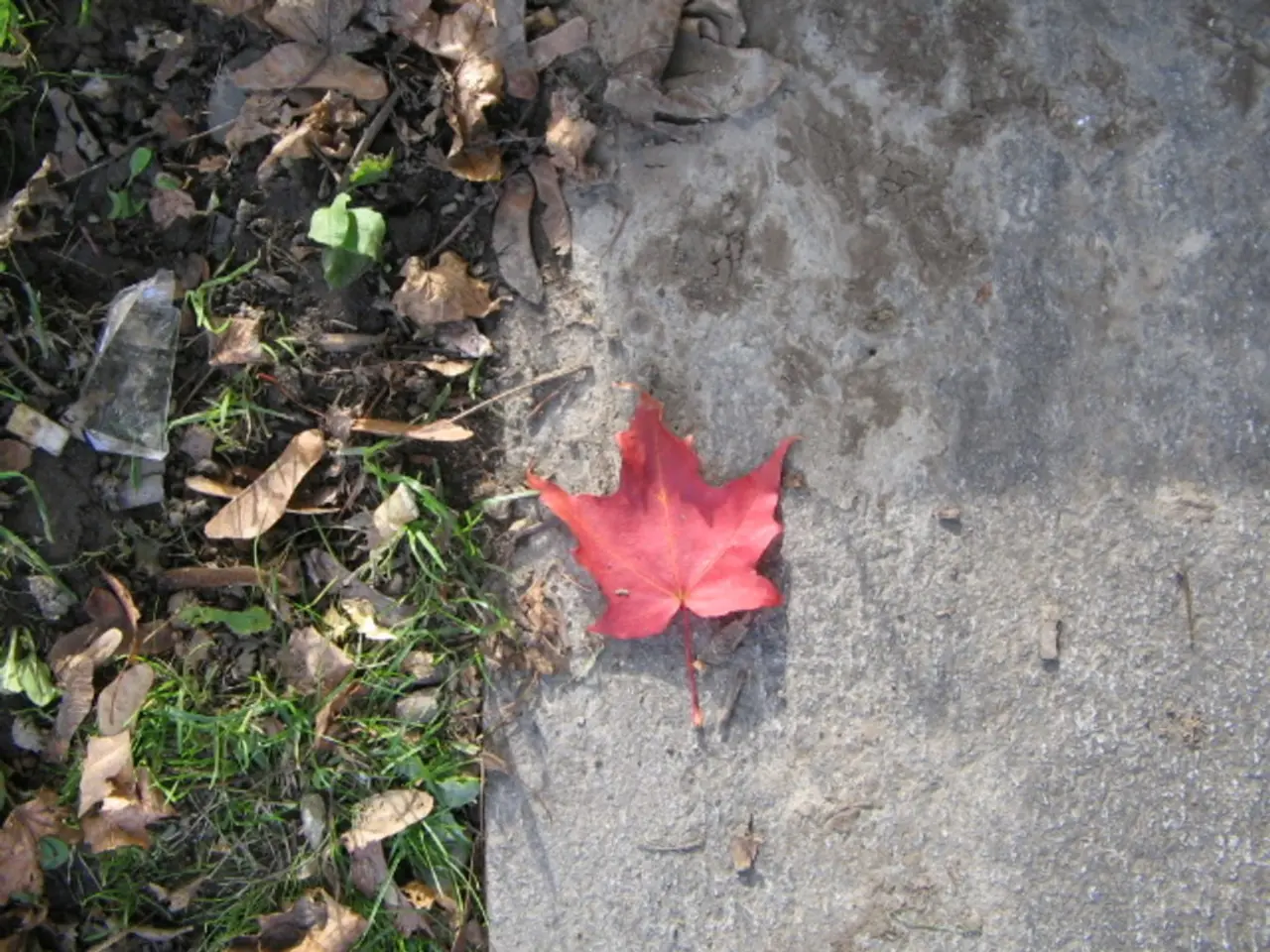Examining Dry Soil in Plants: A Simple Tutorial
In the world of gardening, maintaining the right balance of moisture in your plant's soil is crucial for their growth and overall health. A soil moisture meter can be a valuable tool in this quest. Here's a step-by-step guide on how to use one effectively.
Firstly, it's essential to research your plant's specific needs to interpret the meter's reading accurately. Different plants have different moisture requirements, so understanding your plant's preferences is key.
There are various devices to choose from when it comes to soil moisture meters. Capacitive soil moisture sensors with high-sensitivity probes can measure moisture, light, and pH levels without batteries. Smart Bluetooth-enabled soil sensors like the Royal Gardineer models provide real-time moisture and temperature data via smartphone app, are weatherproof, and have long battery life. Wireless compact soil sensors, such as those from BRESSER, measure soil moisture and temperature with a good wireless range, making them suitable for both indoor and outdoor use.
When using a soil moisture meter, it's recommended to test the soil with the meter every 7-10 days, depending on the size of your plant. Smaller plants may need more frequent testing as the soil in smaller pots dries out faster.
Before taking a reading, ensure the meter is clean and free of debris. Insert the probe about 3/4 of the way into the potting medium to check moisture levels. If the needle is bouncing around, it may be touching a small rock or piece of metal in the soil. Remove the probe and try again in a different spot.
It's also important to test the meter in different spots to ensure accuracy, as you may get varying readings depending on the location. Dry soil will be lighter than wet soil when lifting the pot, and it can feel dry to the touch and may pull away from the sides of the pot.
If there is no reading after 60 seconds, remove the probe, wipe it clean, and try again in a different spot. Do not submerge the probe in water to test if it is working, as moisture meters are designed specifically for soil.
The moisture meter will indicate the moisture level of the soil, typically on a scale from dry to wet or from 1 to 10. If the reading is too high or too low, you may need to adjust your watering schedule accordingly.
In some cases, soil with a high salt content can result in inaccurate readings, so it's advisable to manually check the soil with your finger as a backup. The finger test, where one sticks their finger into the soil, can be used to check if the soil is dry at a depth of about 2-3 inches.
Remember, larger pots may be too deep for an accurate reading using the finger test. In such cases, using a moisture meter can provide an accurate reading of the soil's moisture content.
Lastly, do not leave the meter in the soil, as this will degrade the sensitive probe. A well-maintained soil moisture meter can be a valuable asset in maintaining a thriving garden.
By following these guidelines, you can ensure that your plants are getting the right amount of water they need to grow and flourish. Happy gardening!








